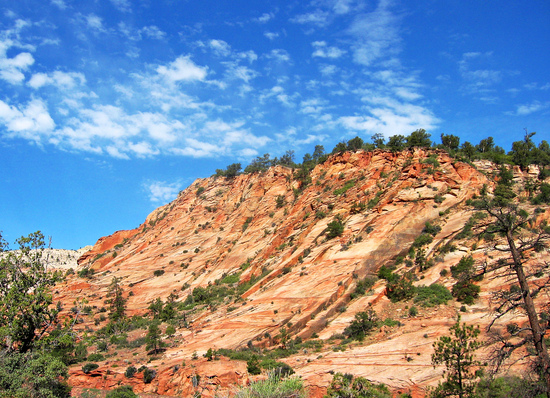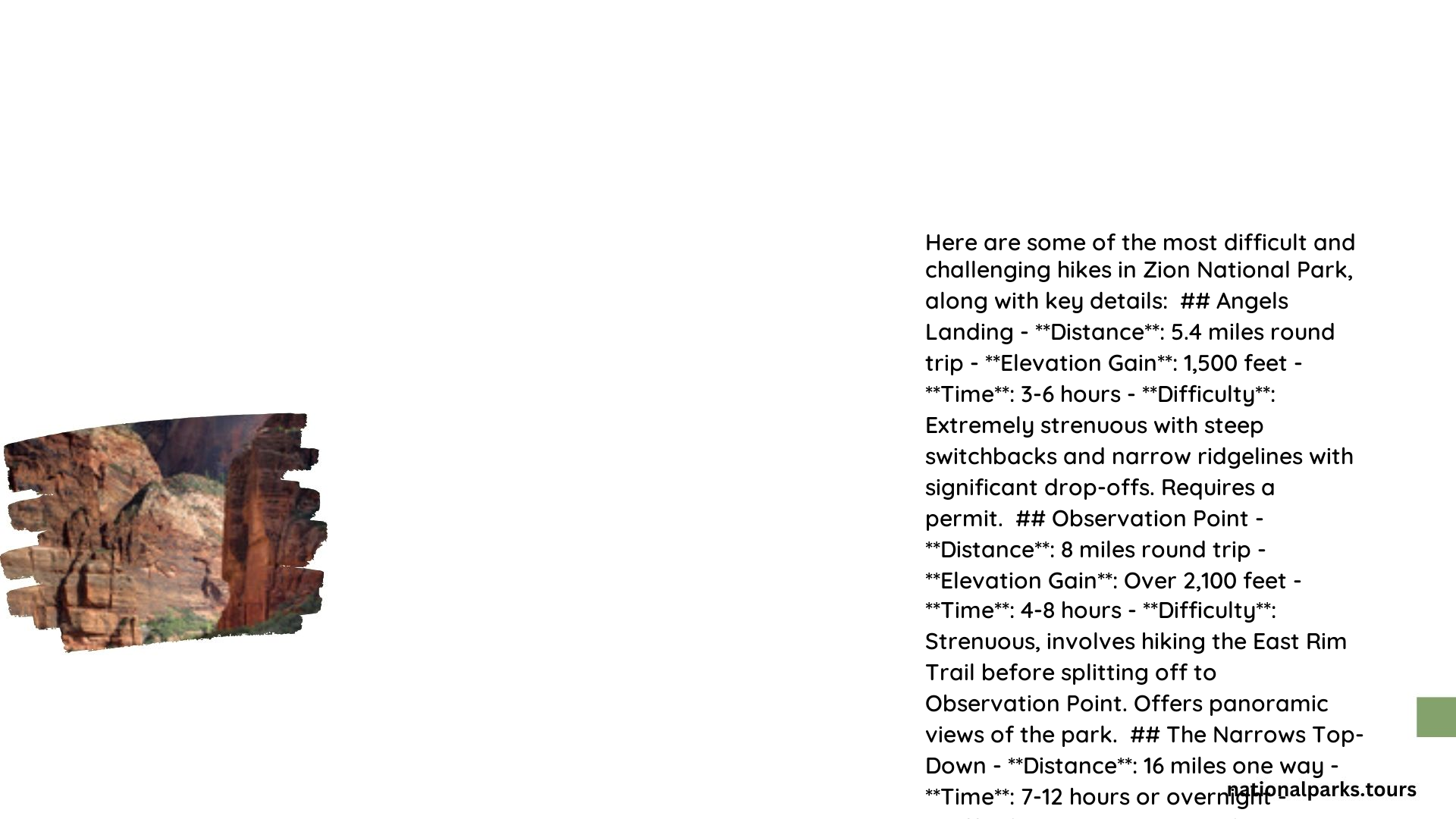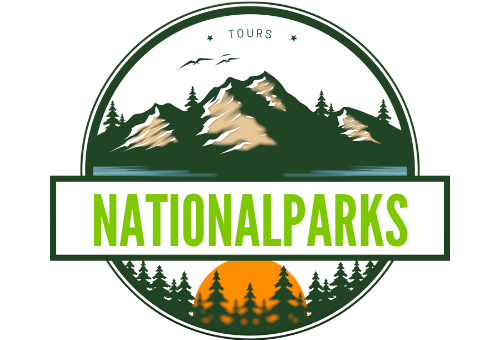Zion National Park offers some of the most challenging and rewarding hikes in the United States. From steep ascents to narrow ridgelines and river wading, these trails test hikers’ endurance and skill. This guide covers the park’s most difficult hikes, including Angels Landing, The Narrows, Observation Point, West Rim Trail, and East Rim Trail. Each hike presents unique challenges and breathtaking views of Zion’s iconic landscape.
What Makes Zion’s Hikes So Challenging?

Zion’s difficult hikes are characterized by:
- Steep elevation gains
- Exposed ridgelines
- Narrow trails with sheer drop-offs
- River hiking and potential swimming
- Long distances and strenuous terrain
These factors combine to create physically demanding and mentally challenging experiences for hikers.
Which Are the Most Difficult Hikes in Zion National Park?

1. Angels Landing
- Trail Length: 5.4 miles round trip
- Elevation Gain: Over 1,500 feet
- Difficulty: Extremely strenuous
Angels Landing is arguably the most famous and challenging hike in Zion. The final section involves a narrow ridgeline with chains for support and 1,000-foot drop-offs on both sides.
| Feature | Description |
|---|---|
| Permits | Required, obtained through lottery system |
| Hazards | Steep drop-offs, narrow paths, exposure |
| Views | 360-degree panorama of Zion Canyon |
2. The Narrows
- Trail Length: Up to 16 miles (top-down route)
- Difficulty: Strenuous due to river hiking
The Narrows involves hiking through the Virgin River, surrounded by towering canyon walls. Hikers must navigate slippery rocks and varying water depths.
- Bottom-up route: No permit required, variable distance
- Top-down route: Permit required, 16 miles one-way
3. Observation Point via East Rim Trail
- Trail Length: 8 miles round trip
- Elevation Gain: Over 2,100 feet
- Difficulty: Strenuous
This hike offers some of the best views in Zion, but requires a challenging ascent through Echo Canyon.
Key features:
– Steep switchbacks
– Exposed sections
– Panoramic views of Zion Canyon
4. West Rim Trail
- Trail Length: 14.2 miles one way
- Elevation Gain: 3,400 feet total
- Difficulty: Strenuous
The West Rim Trail is a long-distance hike that can be done as a day hike or backpacking trip. It offers diverse landscapes and stunning views.
Highlights:
– Varied terrain
– Option for overnight camping (permit required)
– Less crowded than other popular trails
5. East Rim Trail to Jolley Gulch and Beyond
- Trail Length: Varies (full trail is 10.8 miles one way)
- Elevation Gain: Up to 2,148 feet
- Difficulty: Strenuous
This trail offers a less crowded alternative with equally impressive views. Hikers can choose to go as far as Jolley Gulch or continue to Cable and Deertrap Mountains.
What Should Hikers Prepare for These Difficult Trails?
- Physical conditioning
- Proper footwear and clothing
- Ample water and snacks
- Sun protection
- Navigation tools (map, compass, GPS)
- First aid kit
- Permit (if required)
How Can Hikers Stay Safe on Zion’s Challenging Trails?
- Check weather conditions before starting
- Start early to avoid afternoon heat
- Stay on designated trails
- Use caution on exposed sections
- Be aware of flash flood risks in slot canyons
- Inform someone of your hiking plans
- Know your limits and turn back if necessary
What Are the Best Seasons for Difficult Hikes in Zion?
Spring and fall offer the most comfortable temperatures for strenuous hiking. Summer can be extremely hot, while winter may bring icy conditions on exposed trails.
| Season | Pros | Cons |
|---|---|---|
| Spring | Moderate temperatures, wildflowers | Potential for rain, crowded |
| Summer | Long daylight hours | Extreme heat, crowded |
| Fall | Cooler temperatures, fall colors | Shorter days |
| Winter | Solitude, unique scenery | Icy conditions, limited access |
How Can Hikers Minimize Their Impact on Zion’s Ecosystem?
- Stay on designated trails
- Pack out all trash
- Use established campsites
- Respect wildlife
- Follow Leave No Trace principles
By adhering to these guidelines, hikers can help preserve Zion’s natural beauty for future generations.
References:
1. https://www.nationalparks.org/connect/blog/hikers-guide-zion-national-park
2. https://www.citrusmilo.com/zionguide/bestzionhikes.php
3. https://www.zionguru.com/strenuous-hikes-zion-national-park
